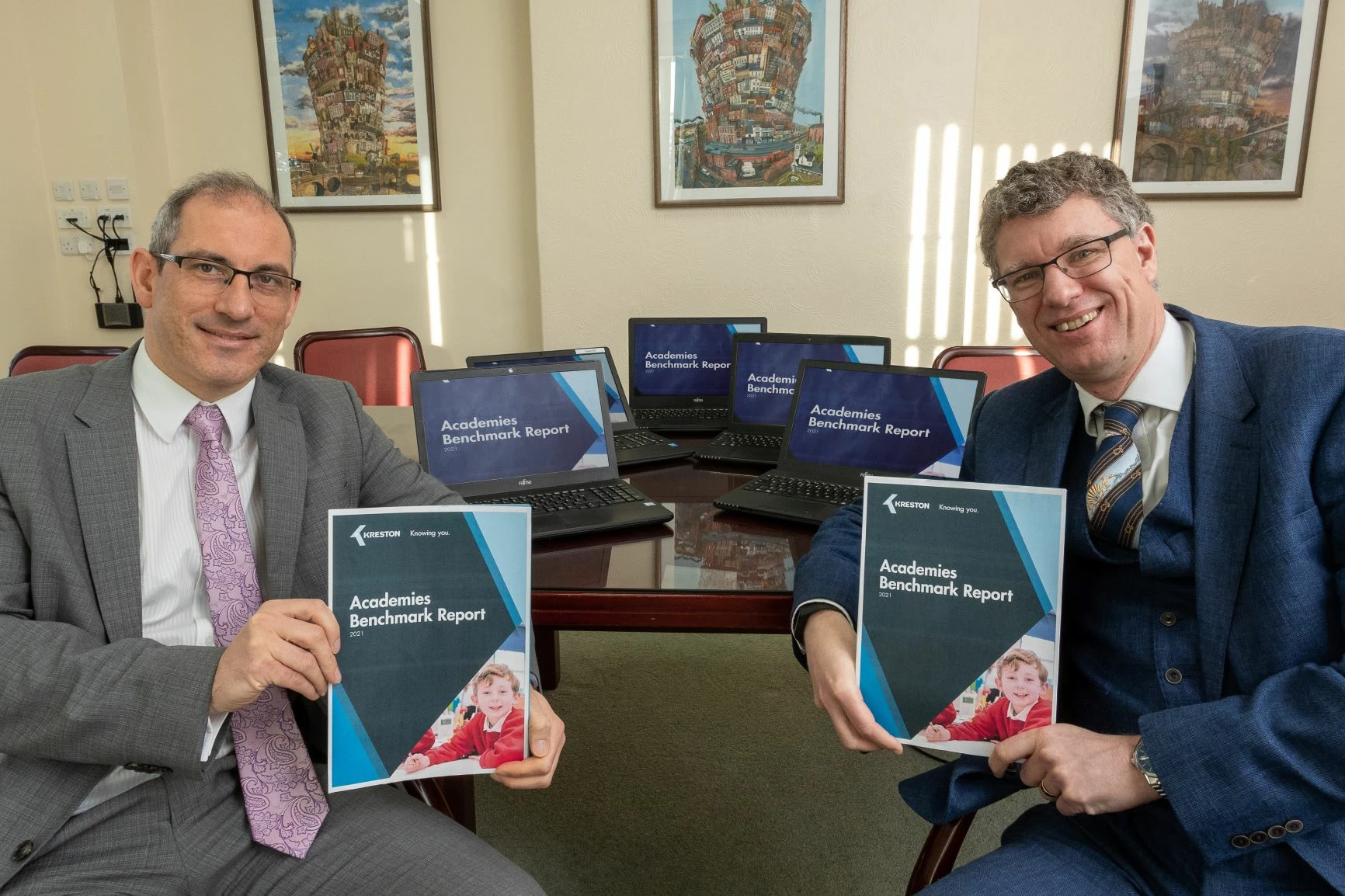
Member Article
Report into academies finances published showing impact of pandemic and closures
A report into the funding of academies in England has revealed how the pandemic has affected the finances of academy trusts and what the future for the sector might look like.
For the second year, the Kreston Academies Benchmark report not only provides benchmark analysis data for primary and secondary academies and Multi – Academy trusts but it also provides regionalised data.
It again shows significant disparity in the average funding per pupil at Multi-Academy trusts across the regions with the North East region being the lowest in the country.
The report demonstrates that the education sector has shown immense resilience and has risen to the challenge of partial and full lockdowns whilst coping with ongoing uncertainties around exams, free school meals, deep cleans and many other operational areas. However, increased costs over the next year are expected to have a detrimental effect on surpluses from savings during the pandemic.
Chris Beaumont, partner at Darlington-based accountancy firm Clive Owen LLP, who acts for more than 100 educational establishments in the region is a co-author of the Kreston Academies Benchmark Report, which points to a complex picture of trust finances.
• Some schools lost significant income from lettings.
• Secondary schools suffered from lower catering income whilst depending upon whether the school or its contractors furloughed staff, costs remained high.
• Schools did benefit from a reduction in costs, especially supply staff, maintenance, and utilities.
• Nearly three quarters of Trusts (70%) saved money on the cost of supply staff because of fewer pupils being in school during lockdown.
• The average surplus for Academies was up on the previous year.
Chris Beaumont said: “Although the report shows that whilst Academies were in a better financial position on 31st August 2020, it’s likely that these funds will be quickly eroded, if this isn’t happening already. There are increased costs of cleaning, catering and supply staff with the number of pupils who are now able to access school higher than during the first lockdown, coupled with a tightening of the criteria of what can be claimed from the government.’’
A survey undertaken as part of the process of writing the report found that the majority of trusts (85%) plan to continue investing in IT in the future potentially further draining financial reserves.
Chris said: “At the moment some schools are benefitting from an influx of donated technology for their children to use, which is testament to the goodwill within the community. It’s great to see. However, going forward it is imperative that academies develop a robust plan for their systems and technology in terms of usability, access, security, deployment and future proofing.
’‘Their systems are likely to now offer a blend of on and off-line learning and therefore IT needs to become an even bigger strategic priority, and there will be significant cost attached to this.’’
An example of the use of technology, which has helped with learning, and enabled a school to move quickly to remote working was demonstrated at Conyers School. Conyers is part of a six school Multi Academy Trust - ‘The 1590 Trust’.
Louise Spellman, the chief executive said: “Three years ago the Trust undertook significant research into using technology to improve the learning experience. This included speaking to other Trusts to help understand the benefits and potential pitfalls. As a result, the Trust invested in an IT strategy, updating the servers, increasing the Wi-Fi capacity and launching an iPad scheme at Conyers, the secondary school within the trust.
’‘Whilst there was some initial apprehension about using this technology, the feedback from pupils and teachers was that it brought significant benefits. During the lockdowns, the use of this technology has enabled us to continue teaching both the pupils at home and those in school the curriculum using the timetable that pupils would have been following had they been in school. As a trust we are now investigating ways that we can use technology more effectively at our primary schools.’’
Other highlights include:
o The percentage of Trusts in cumulative deficit has fallen from 8% to 5% over the last year.
o Nearly 60% of Trusts submitted claims for additional funding for the 2019/20 academic year.
o 67% of Trusts with at least 8 schools had 1 or more schools in an individual deficit position.
o When compared, the percentage of Trusts with 4 or fewer schools that had 1 or more schools in deficit was 29%.
o The growth of MATs has occurred primarily in the most centralised Trusts. As at December 2020, there were a total of 9,399 academies compared to 8,721 in December 2019. The annual rate of growth has however slowed, from 10.8% in the year to December 2019, down to 7.8% to December 2020.
This was posted in Bdaily's Members' News section by News Gathering .
Enjoy the read? Get Bdaily delivered.
Sign up to receive our daily bulletin, sent to your inbox, for free.




 test article 123456789
test article 123456789
 hmcmh89cg45mh98-cg45hm89-
hmcmh89cg45mh98-cg45hm89-
 test456456456456456456
test456456456456456456
 test123123123123123123
test123123123123123123
 test xxxdiosphfjpodskhfiuodsh
test xxxdiosphfjpodskhfiuodsh
 Savour the flavour: North Tyneside Restaurant Week returns for 2024
Savour the flavour: North Tyneside Restaurant Week returns for 2024
 Six steps to finding the right buyer for your business
Six steps to finding the right buyer for your business
 Stephen signs off on a special night
Stephen signs off on a special night
 Life’s a Peachaus: Gillian Ridley Whittle
Life’s a Peachaus: Gillian Ridley Whittle
 Making a splash: Phil Groom
Making a splash: Phil Groom
 Making workplace wellbeing a priority
Making workplace wellbeing a priority
 A record of delivery, a promise of more: Ben Houchen
A record of delivery, a promise of more: Ben Houchen